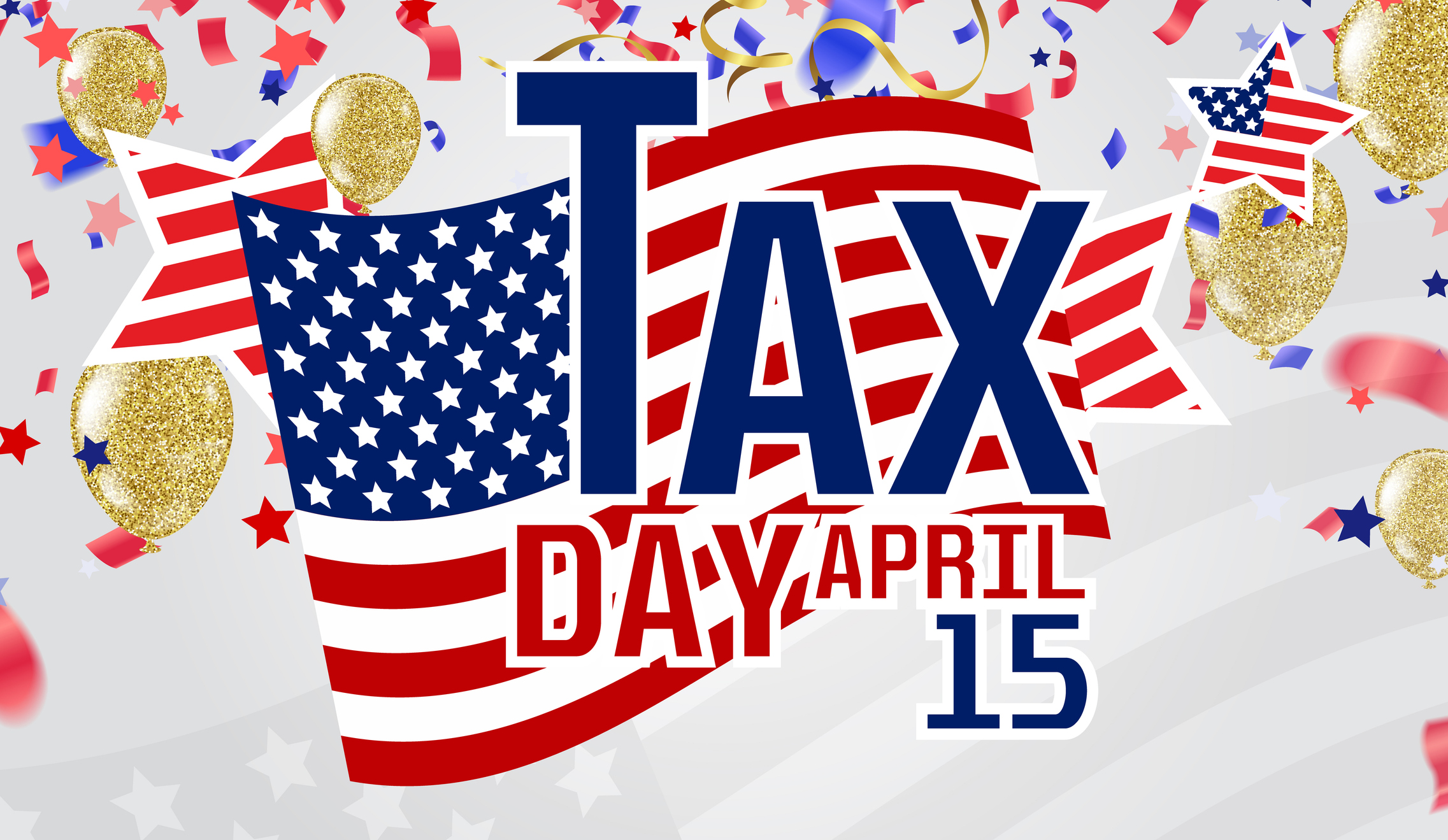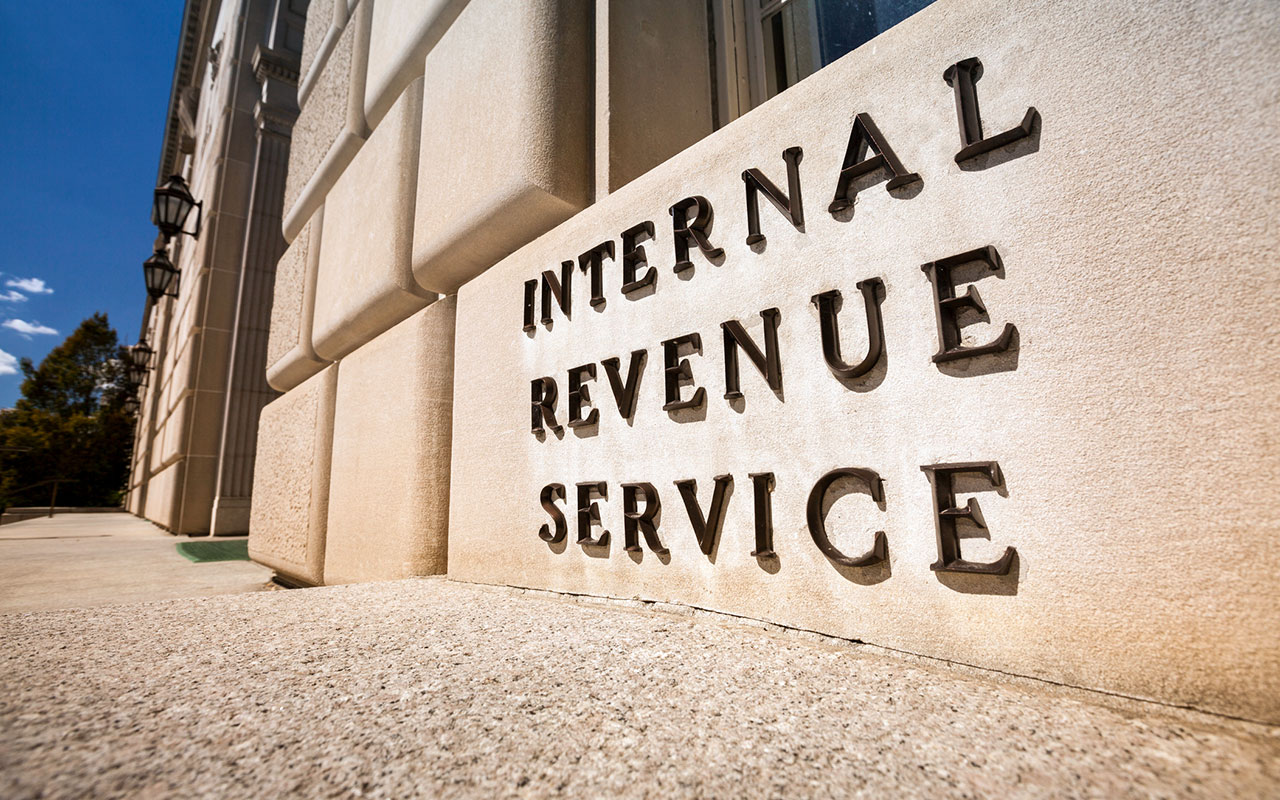IRA Aggregation Rule: When Many IRAs Become One
Manage withdrawals from multiple retirement accounts carefully to avoid surprises (and penalties).


After working for multiple decades, it's not uncommon for a taxpayer to have multiple traditional IRAs. Perhaps you have rollover IRAs from previous jobs or several IRAs at different financial institutions. But “in the eyes of the IRS you have one IRA, no matter how many IRAs you have,” says David Cherill, a certified public accountant and member of the American Institute of CPAs’ Personal Financial Planning Executive Committee.
That wrinkle, known as the aggregation rule, can create surprises if you don’t understand when it comes into play. Here’s how the rule can affect your tax planning.
The IRA Aggregation Rule and RMDs
The aggregation rule makes a big difference when it comes to required minimum distributions. Traditional IRA owners are required to take annual minimum distributions starting April 1 of the year following the year they turn 70½. For every traditional IRA the taxpayer owns, she needs to determine the required withdrawal. (To calculate an RMD, the original account owner divides the account balance from December 31 of the previous year by a life expectancy factor found in IRS tables in Publication 590-B.)

Sign up for Kiplinger’s Free E-Newsletters
Profit and prosper with the best of expert advice on investing, taxes, retirement, personal finance and more - straight to your e-mail.
Profit and prosper with the best of expert advice - straight to your e-mail.
But after calculating those RMDs, an IRA owner with multiple accounts has the flexibility to decide from which account, or accounts, she’ll draw the money. Let’s say you need to take out $20,000 in the first year from three traditional IRAs. You could take $5,000 from one IRA, $15,000 from a second and nothing from the third. Because all the IRAs are considered to be one, the total $20,000 withdrawal satisfies your IRA RMD for the year.
Keep in mind that Roth IRAs don’t have RMDs and generally aren’t aggregated with traditional IRAs. And remember that there are no joint IRAs, as IRA expert Ed Slott and his team noted at Slott’s recent IRA workshop in National Harbor, Md. Even if you are married and file jointly, withdrawals from a spouse’s IRA can’t satisfy your RMD and vice versa. IRAs are individually owned accounts.
Nonspouse heirs need to be particularly careful navigating RMDs. If you inherit two traditional IRAs from your mother and one from a sibling, you can take an RMD from a combination of the inherited IRAs from your mother, but you must take a separate RMD from the inherited IRA from the sibling. And the RMDs from the inherited IRAs must be completely separate from the RMDs for your own traditional IRAs. One silver lining: Such a scenario “gives you the opportunity to manage the assets differently,” says David Levi, senior managing director at CBIZ MHM.
The IRA Aggregation Rule and Nondeductible contributions
If you stash nondeductible contributions in one of multiple IRAs you own, you can’t cherry pick and tap only the nondeductible contributions from that one IRA in order to pay zero tax on the withdrawal. In this scenario, the rules get more complicated.
Let’s say you have $1 million divvied up over five IRAs, with one of them holding $50,000 in nondeductible contributions. If you take $20,000 from any of those IRAs, part of that distribution is deemed to come from the nondeductible contributions. Divide the nondeductible contributions by the total balance held in the five IRAs to figure the tax-free ratio, and apply that to the distribution. In this example, 5% of the distribution would be tax free, or $1,000 of the $20,000. The ratio must be recalculated for every distribution until the nondeductible contributions have all been accounted for in withdrawals.
To make sure you don’t pay tax twice on nondeductible contributions, keep up with the paperwork. “You need to use Form 8606 as you continue along the contribution trail,” says Levi. That form, which you file with your tax return, tracks nondeductible contributions—and thus your basis. Keep those records handy when you’re ready to withdraw money so you don’t pay Uncle Sam unnecessarily.
The IRA Aggregation Rule and Roth Conversions
Similarly, if you do a Roth conversion but own traditional IRAs that hold nondeductible contributions, you need to figure out the tax-free ratio that will apply to the conversion.
Using the same example from above, if that $20,000 from the traditional IRA was converted to a Roth instead of withdrawn, 5% of the conversion would be tax-free. Again, the IRS views all of your traditional IRAs as one, even if the conversion comes from just one traditional IRA.
The IRA Aggregation Rule and 60-Day Rollovers
About five years ago, the rules for 60-day rollovers for IRAs became more restrictive. A taxpayer is now allowed only one 60-day rollover every 12 months, no matter how many IRAs she owns. And in this case, that includes not only all traditional IRAs but all the Roth IRAs she owns, too.
Let’s say you want to move IRA money to a custodian with cheaper account fees, so you take a distribution from your old traditional IRA and put it in a new traditional IRA within 60 days. No problem.
But if you take a distribution from a Roth IRA a few months later to set up a new lower-fee Roth IRA, that rollover is disallowed and the money is forced out of the tax shelter. (If the second attempted rollover is traditional IRA money, that amount would become taxable income.)
The rule applies only to rollovers of traditional IRAs and Roth IRAs; it does not apply to conversions of money from traditional IRAs to Roth IRAs.
There’s an easy way to avoid tripping over this rule: Request a direct transfer from trustee to trustee when moving traditional and Roth money to new accounts. The rule doesn’t apply to direct transfers, so you ensure the money stays in the tax shelter and avoid Uncle Sam’s wrath.
Rules Differ for Multiple 401(k)s
Besides multiple IRAs, some taxpayers may own multiple 401(k)s or other employer retirement accounts at the time they become subject to required minimum distributions. But the aggregation rule does not apply to RMDs from employer retirement accounts. If you mistakenly assume it does, you’re at risk of withdrawing too little to satisfy each account’s RMD, leaving you subject to a 50% penalty on the shortfall.
Let’s say you have three 401(k) accounts from which you must take RMDs. You’ll need to figure out the RMD for each one. But instead of mixing and matching the withdrawals, you must separately withdraw an RMD from each account. The RMDs from employer retirement accounts are also completely separate from the RMDs for IRAs and vice versa.
Get Kiplinger Today newsletter — free
Profit and prosper with the best of Kiplinger's advice on investing, taxes, retirement, personal finance and much more. Delivered daily. Enter your email in the box and click Sign Me Up.

-
 Trump’s Tax Cut Risks Your SNAP, Medicaid Benefits
Trump’s Tax Cut Risks Your SNAP, Medicaid BenefitsTax Cuts The GOP budget blueprint could slash lifesaving programs for millions of U.S. households.
By Gabriella Cruz-Martínez
-
 Can Trump Fire Powell? A Supreme Court Case Could Decide
Can Trump Fire Powell? A Supreme Court Case Could DecidePresidential posts threaten to overwhelm decades of precedent and tradition, whatever the nine justices decide.
By David Dittman
-
 Ask the Editor: Reader Questions, April 18 — Amended Returns
Ask the Editor: Reader Questions, April 18 — Amended ReturnsIn our Ask the Editor: Taxes, April 18, round-up — Joy Taylor, The Kiplinger Tax Letter Editor, answers questions on amended returns, mortgages and deductions.
By Joy Taylor
-
 How Many IRS Commissioners Have We Gone Through This Year?
How Many IRS Commissioners Have We Gone Through This Year?IRS Who were the former IRS commissioners, and why did they resign? Find out how IRS turnover can impact your taxes.
By Kate Schubel
-
 Tax Day 2025: Don’t Miss These Freebies, Food Deals and Discounts
Tax Day 2025: Don’t Miss These Freebies, Food Deals and DiscountsTax Day You can score some sweet deals on April 15 in some select restaurants like Burger King, Shake Shack, and more.
By Gabriella Cruz-Martínez
-
 Tax Time: Does Your Kid Influencer Owe Taxes?
Tax Time: Does Your Kid Influencer Owe Taxes?State Tax Some minors are making big money on social media. Here’s how to know if they need to file taxes.
By Gabriella Cruz-Martínez
-
 Ask the Editor: Reader Questions, April 11 — IRAs, RMDs and PTPs.
Ask the Editor: Reader Questions, April 11 — IRAs, RMDs and PTPs.Ask the Editor: Taxes, April 11, 2025 — Joy Taylor, The Kiplinger Tax Letter Editor, answers questions on Roth IRAs, RMDs and other retirement accounts.
By Joy Taylor
-
 Trump Plans to Terminate IRS Direct File program
Trump Plans to Terminate IRS Direct File programTax Filing The IRS Direct File program was piloted last year in 12 states and has since expanded to 25. But will it last under the Trump administration?
By Gabriella Cruz-Martínez
-
 Taxpayer Revolt? Why More People Are Avoiding Filing Taxes This Year
Taxpayer Revolt? Why More People Are Avoiding Filing Taxes This YearTax Season It may be tempting to skip filing due to the overwhelmed IRS, but doing so could have financial and legal consequences.
By Kelley R. Taylor
-
 U.S. Treasury to Eliminate Paper Checks: What It Means for Tax Refunds, Social Security
U.S. Treasury to Eliminate Paper Checks: What It Means for Tax Refunds, Social SecurityTreasury President Trump signed an executive order forcing the federal government to phase out paper check disbursements by the fall.
By Gabriella Cruz-Martínez